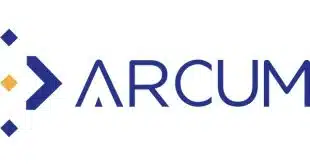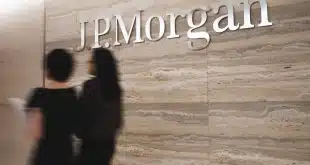Check scams come in many forms. It could start with someone offering to buy something you advertised in the newspaper, on Craigslist, or eBay. Or someone could offer to pay you to do work at home, give you an “advance” on a sweepstake you’ve supposedly won, or pay the first installment on the millions that you’ll receive for agreeing to have money in a foreign country transferred to your bank account for safekeeping.
Here are a few tips consumers and business owners alike can follow to avoid being scammed:
- If you receive a check from someone you don’t know, don’t use mobile deposit. Instead, take it to a local bank and explain where the check came from so the teller can run it through the necessary inspections, starting with a MICR scan.
- In addition to verifying the MICR authenticity, there are additional visual signs bank tellers look for such as:
- Is the check-stock flimsy or suspicious?
- Is the company name or address misspelled on the check?
- Does the check number match the check number included in the line at the bottom of the check?
- Does the check have the correct routing number at the bottom for the bank it is supposedly drawn on?
- There’s no legitimate reason for someone who is giving you money to ask you to wire money back. If a stranger wants to pay you for something, insist on a cashier’s check for the exact amount, preferably from a local bank or a bank that has a branch in your area.

If a check passes the tests listed above and you want to use mobile deposit, be sure to add specific language on the back of the document (e.g., “for mobile deposit only”) before taking a picture and making a deposit. If the check is stolen and a second deposit is made, the second bank would be responsible. If the mobile deposit doesn’t have the proper language, then the first bank would be liable and would have to reimburse the second bank. This is a newer rule that was put in place to protect banks from mobile check-deposit fraud.
Although check payments are declining, there are still more than 16 billion commercial checks being circulated each year, according to the U.S. Federal Reserve. If you’re in business, it’s still the cheapest way to send and receive payment.
Despite technology playing a key role in making check cashing more convenient, it’s primarily human awareness from trained bank tellers and informed consumers that plays the chief role in combating check fraud.
—Rahn Rampton is a product manager for Epson America’s POS solutions division.




